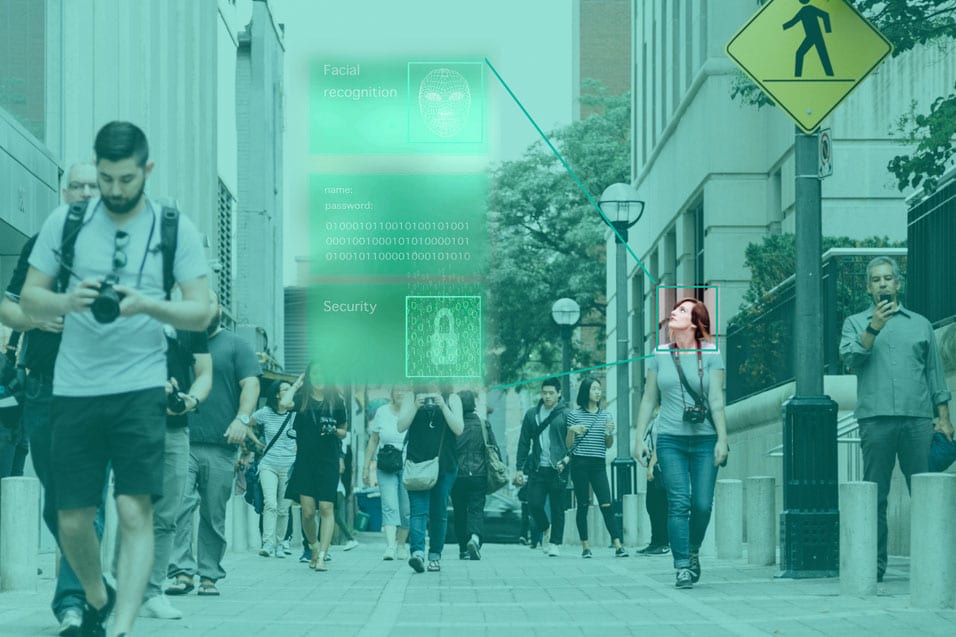Executive Summary
Face recognition is one of the most sought-after technologies in the field of machine learning. In recent times, the use cases for this technology have broadened from specific surveillance applications in government security systems to wider applications across multiple industries for tasks such as user identification and authentication, consumer experience, health, and advertising. In fact, according to MarketsAndMarkets, the facial recognition market is projected to grow to USD 7.76 billion by 2022, at a Compound Annual Growth Rate (CAGR) of 13.9%.
This white paper discusses a successful implementation of a face recognition algorithm developed by eInfochips’ engineers for an access management application. There are two phases in such a system: Face Detection followed by Face Recognition. Initially, the faces are detected using a Haar Cascade Classifier on an image in conjunction with the cropping of the cardinal section of the face. A geometric face model has been formed along with the detection of eyes using the Haar Cascade Classifier, while nose detection has been used as a reaffirmation mechanism along with the eyes. Later, HOG (Histogram of Oriented Gradients) features are extracted from large numbers of facial images to be used as part of the recognition mechanism. These HOG features are then labeled together for a face/user and a Support Vector Machine (SVM) model is trained to predict faces that are fed into the system.
Project Highlights

- How does a Haar Cascade Classifier work?
- Face Capture
- How does a geometric face model work?
- Face Train
- What are Support Vector Machines?
- What is Histogram of Oriented Gradients [HOG]?
- Face Recognition





